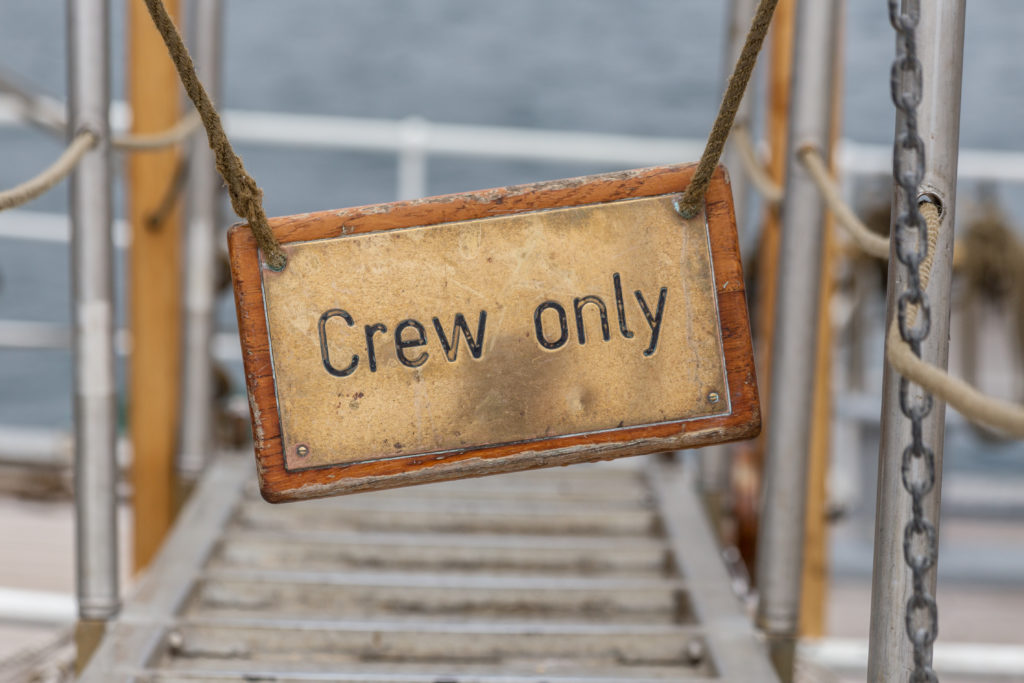One of the most common questions I’m asked by listeners, readers, including people from all walks of the leadership path is: So what do I do now?
Whatever level you are on—whether you’re adding new teams, scaling for new growth, managing a new obstacle—this is your re-aligning step: Start with Self!
You can analyze roles within the team, and the most influential member is the leader.
As the leader goes…so goes the team.
It is essential that Leadership direct all things (people, process, resources) toward an outcome and that cannot occur without an understanding of present reality. Which leads to the first role of a leader:
A Leader Assesses the Present
In order to lead, in order to attain any destination, we have to look at where we are presently. If we don’t assess the present (with an understanding of what got us here) then we might not make the right moves for the present scenario.
Please spend the time to gain full awareness in assessing the present. So what components of the present should we assess?
- Assess the Situation
- Assess the Team
- Assess the Resources
Assessing the present opens up to knowing your product or service, knowing your process, market conditions, customer satisfaction and in the midst of all of that—the team you have inherited to get you there. (Their capabilities, their capacity, their commitment; the present culture)
A Leader Inspires Future Possibilities
While an eye on the present is an obvious necessity, we can’t short-sight our vision—for the sake of sustaining business success and keeping an engaged team.
People need to believe that tomorrow will be better; that the promise of the future is greater than the past.
A mark of a good leader is to be able to cast vision for what the future might look like, to inspire the workforce that they can achieve greatness, AND to create buy-in that you are the leader that will help them achieve it.
See the envisioned future, raise the bar, and infuse the team with the right mindset.
- Believe in your people
- Develop your people
- Map the methodology
Determine the Direction
Once you’ve set roles 1 and 2, the next role is to determine and communicate the next step.
(Without the right expectations, clearly communicated, no teams can fulfill their roles with excellence and efficiency.)
When the true leader speaks with confidence and points the team in the right direction, dynamics start to change.
Setting the direction doesn’t mean that you must know every single step in the process.
But can you successfully find out THE next step, take that step, and look for the next? It is ok to walk out your envisioned future, expecting that after taking a step—the next one will reveal itself.
You will be 1 step closer with a little more knowledge and trust that the next door will open.
But a word of warning: Avoid dragging whenever possible! Forcing people into the right direction is usually a copout for poor communication.
Good leaders orient the team. Great leaders orient and engage.
Expect your Roles.
In leadership, there are principles and practices; characteristics and competencies. A principle of mine that has proved true for decades is, “What you permit, you promote; what you allow, you endorse.”
Mediocre leaders pass the buck. They ditch their roles. Maybe it’s how their bosses before them acted. Maybe it’s just the norm. But teams have leaders for a reason—
If your team has fallen into disarray, miscommunication, inefficiency… the root of the problem may be a misunderstanding of leadership roles.
So first, check yourself. Then, check your vision. Check your team communication—and make sure their direction is true.









